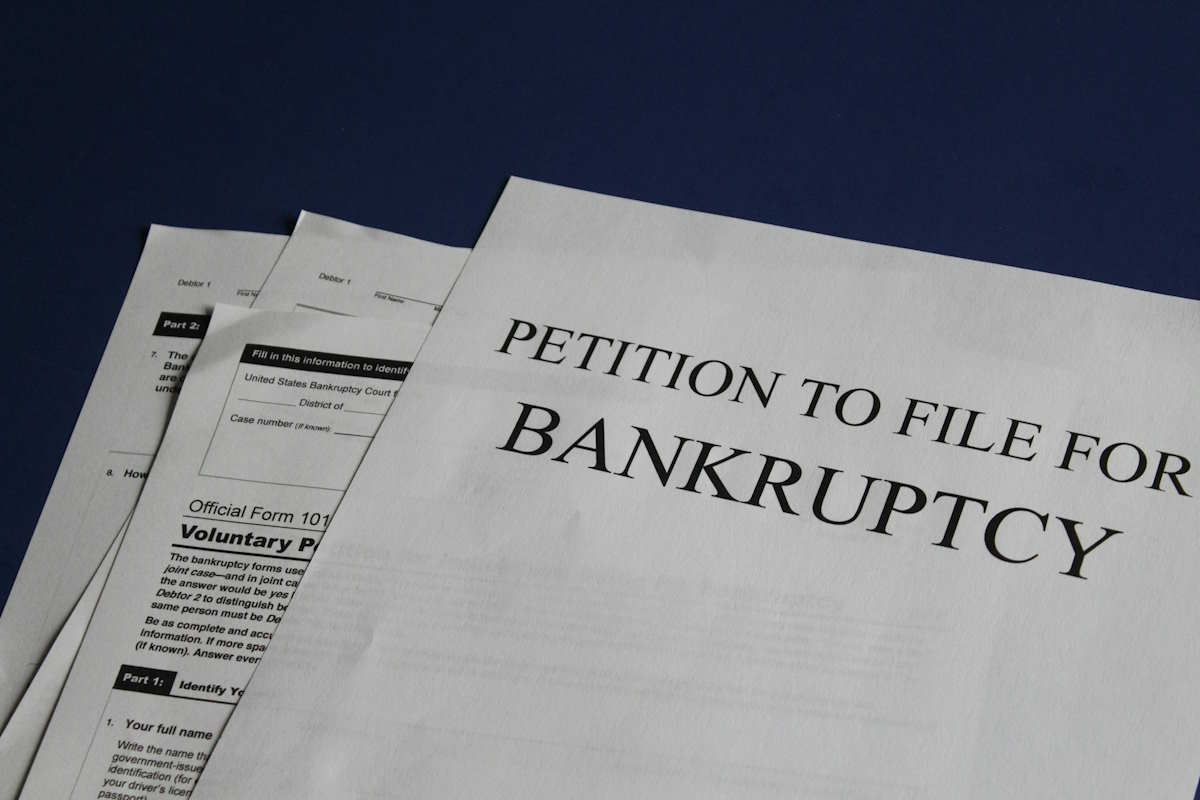Bankruptcy is a topic that often comes with a cloud of confusion and apprehension. Many people associate it with financial failure and despair. However, bankruptcy is a legal tool designed to offer relief and a fresh start. This blog post aims to demystify bankruptcy, making it easier to understand for those who may be considering this option or simply want to learn more about it.

What is Bankruptcy?
Bankruptcy is a legal process in which individuals or businesses unable to meet their debt obligations can seek relief from some or all of their debts. It’s not a punishment but a provision under the law to help people get back on their feet financially. When you file for bankruptcy, the court examines your assets and liabilities to determine how your debts can be managed or discharged.
Types of Bankruptcy
There are several types of bankruptcy, but the most common ones for individuals are Chapter 7 and Chapter 13. Chapter 7 bankruptcy involves liquidating your non-exempt assets to pay off creditors, while Chapter 13 allows you to keep your assets but requires you to follow a court-approved repayment plan. Each type has its own eligibility criteria and implications, so understanding the differences is crucial.
The Role of a Bankruptcy Trustee
When you file for bankruptcy, a trustee is appointed to oversee your case. The trustee’s role is to ensure that your creditors receive as much repayment as possible. They will review your financial situation, manage the sale of non-exempt assets in Chapter 7 cases, and oversee the repayment plan in Chapter 13 cases, explains the Fox Miles & Associates team. The trustee is a neutral party whose primary responsibility is to make sure the process runs smoothly and according to the law.
The Bankruptcy Filing Process
Filing for bankruptcy involves several steps, starting with credit counseling and filing a petition with the bankruptcy court. Initially, you must complete a credit counseling course from an approved agency, which helps you understand your options and manage your debts. Afterward, you will need to file a petition with the bankruptcy court, which formally begins the process.
You will need to provide detailed information about your finances, including assets, liabilities, income, and expenses. This information helps the court and the trustee understand your financial situation and determine the best course of action. Additionally, you may need to attend meetings with creditors and provide further documentation as requested. Throughout the process, it’s crucial to follow all court instructions and deadlines to ensure your bankruptcy case proceeds smoothly.
Eligibility for Bankruptcy
Not everyone qualifies for bankruptcy, and different types have different eligibility criteria. For Chapter 7, you must pass a means test, which compares your income to the median income in your state. If your income is too high, you may not qualify for Chapter 7 but could still file for Chapter 13, which involves creating a repayment plan to pay back your debts over three to five years. Chapter 11 is another option primarily used by businesses to reorganize their debts while continuing operations. Understanding these criteria and the specifics of each type of bankruptcy is essential to determine if bankruptcy is a viable option for you. Consulting with a financial advisor or bankruptcy attorney can provide additional insight and help you navigate this complex process.
Life After Bankruptcy
Life doesn’t end after bankruptcy; in fact, it can be a new beginning. With proper financial planning and discipline, you can rebuild your credit and regain financial stability. It’s essential to create a budget, stick to it, and avoid accumulating new debt. Start by assessing your financial situation in detail, understanding where you went wrong, and learning from past mistakes. Consider seeking advice from a financial advisor to help you create a realistic and sustainable plan tailored to your circumstances.
Additionally, it’s important to prioritize your expenses, focusing on necessities while cutting back on non-essential spending. Gradually, as you manage your finances better, you’ll notice improvements in your credit score. Many people find that bankruptcy provides the relief and breathing space they need to start fresh, allowing them to work towards a more secure financial future with renewed confidence and determination. Remember, the journey to financial recovery is a marathon, not a sprint, and persistence will be your greatest ally.

Bankruptcy is a complex and often misunderstood process, but it can offer a path to financial recovery for those struggling with overwhelming debt. By understanding what bankruptcy entails, the types available, the role of the trustee, and the steps involved, you can make an informed decision about whether this option is right for you. Remember, life after bankruptcy can be a new beginning, offering you the chance to rebuild your financial future. If you need further guidance, consider reaching out to a professional who can help you navigate the process and explore all your options.